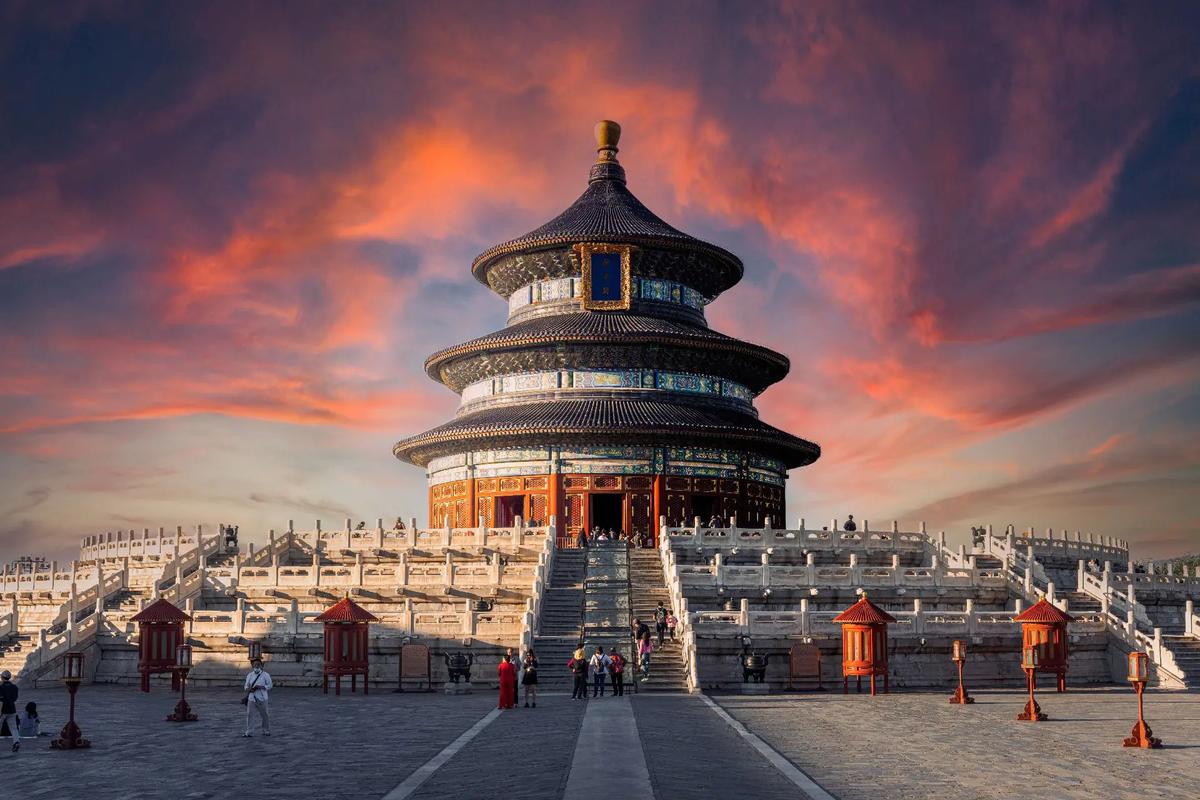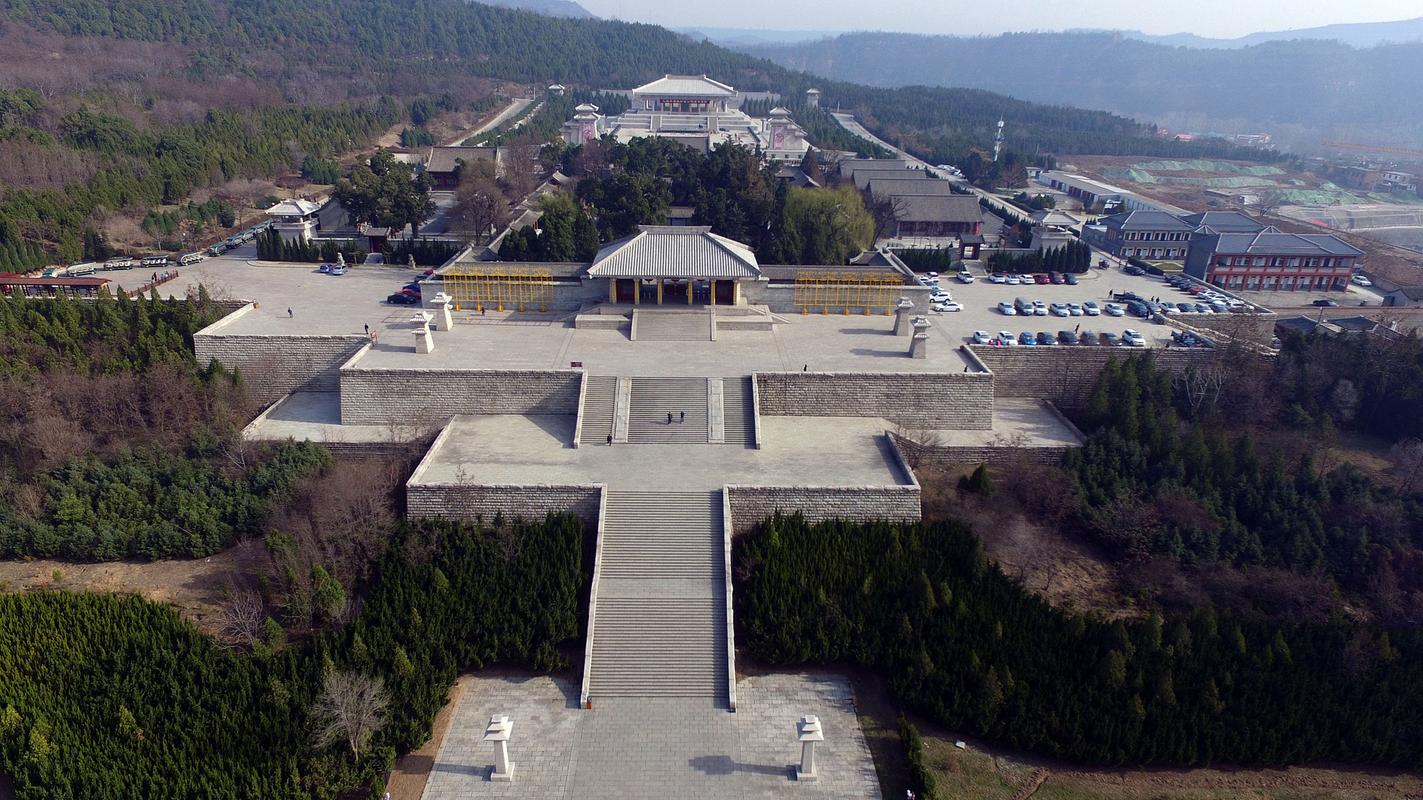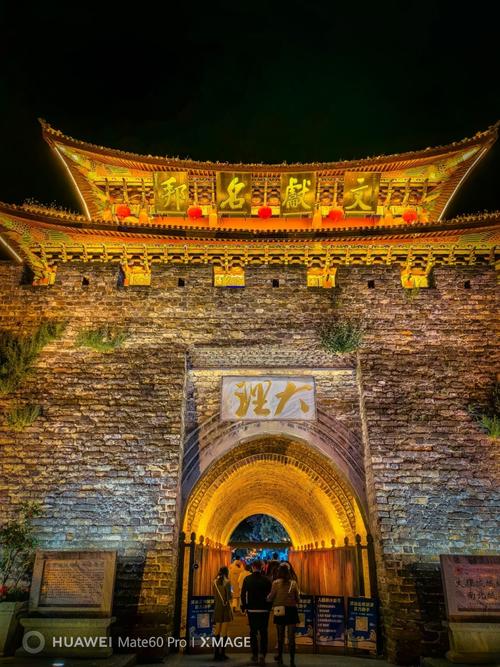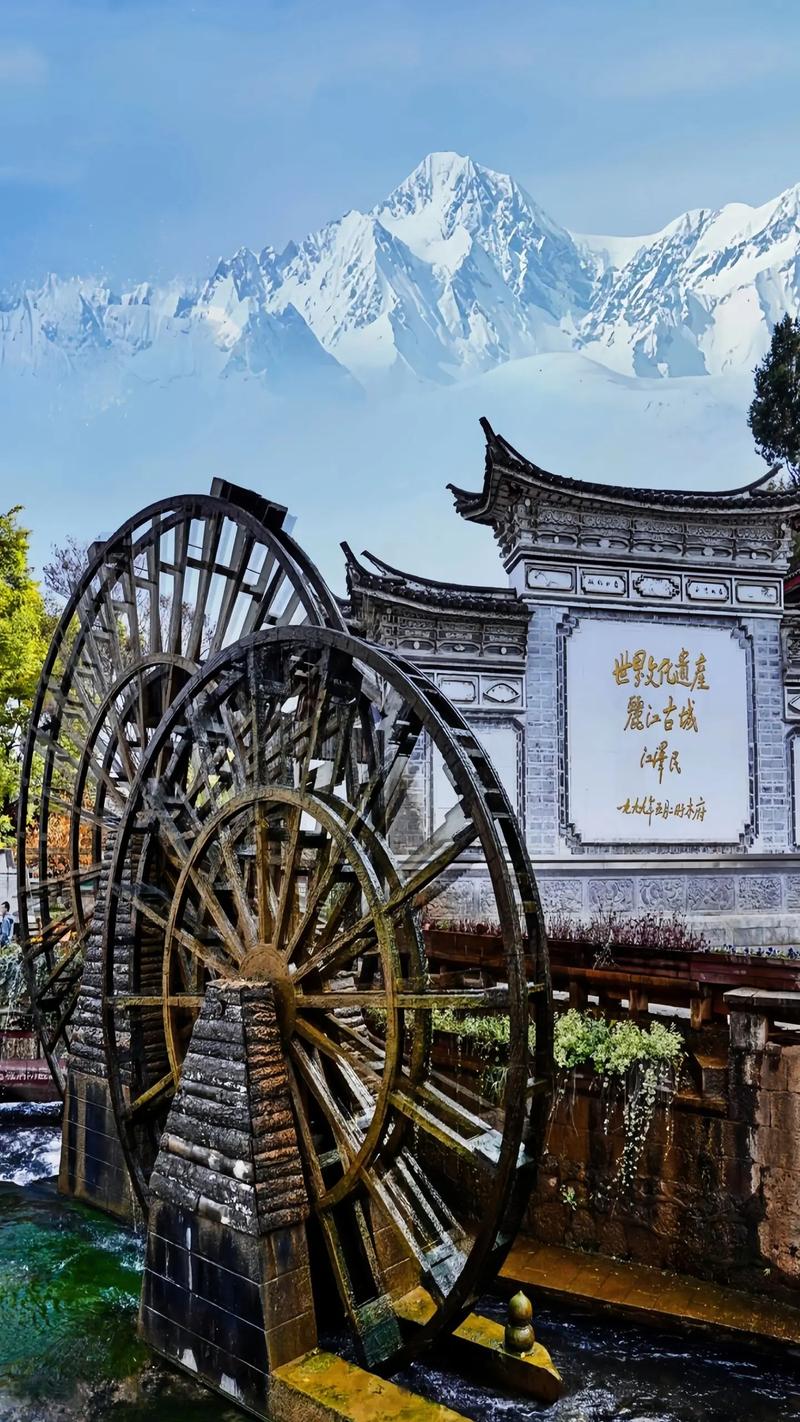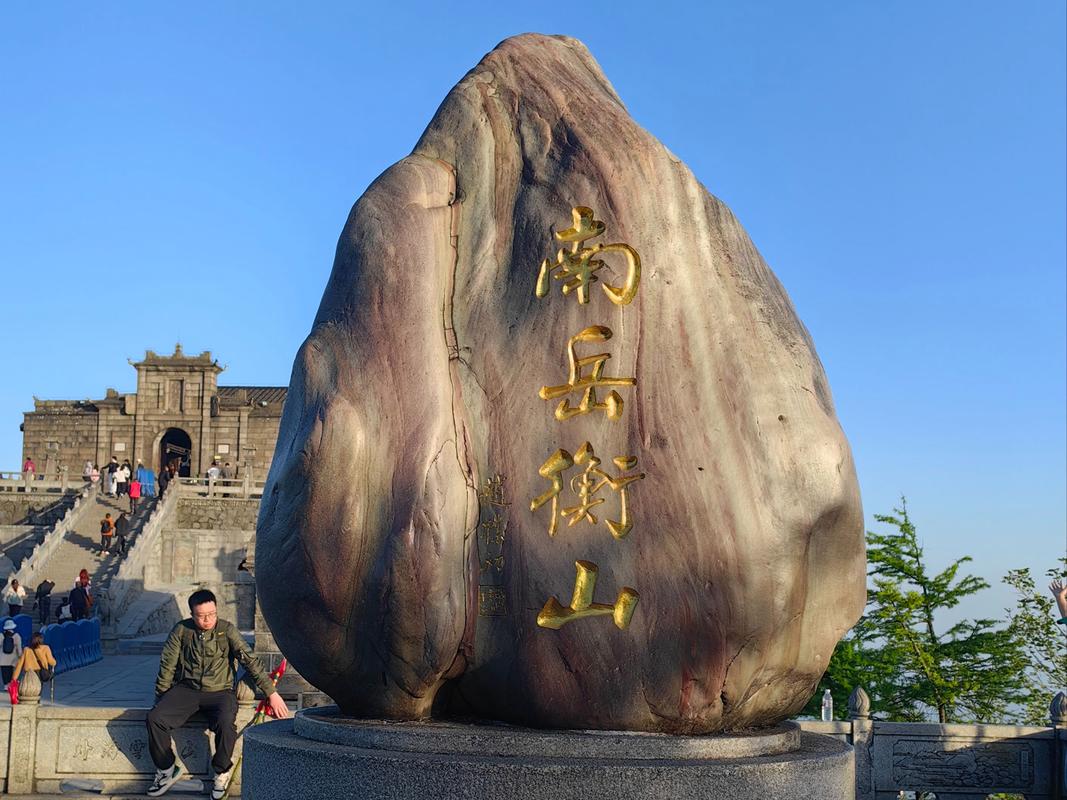
南岳衡山英语导游词(通用6篇)
南岳衡山英语导游词 篇1
Hello! Welcome to Hengshan, Nanyue! Zhangjiajie
Hengshan is located in the central and southern part of Hunan Province. It is one of the five famous mountains in China. It is one of the first batch of national key scenic spots, the first batch of national 4A tourist areas and the only "national civilized scenic spot demonstration site" in Hunan Province. Hengshan is known as "the most beautiful five mountains" and "the longevity mountain of China". Hengshan has 72 peaks, which start from Hengyang City in the south, Huiyan peak in the South and Yuelu Mountain in Changsha City in the north. The peaks are beautiful, magical, winding eight hundred Li and powerful. Just as Wei Yuan, a famous scholar in Qing Dynasty, described in Hengyue Yin, "only Nanyue is like flying."
The origin of the name of Nanyue Hengshan has been discussed in three ways since ancient times. One is that Pangu created a new world. After his death, he turned into mountains and trees. His head turned into Mount Tai in the East, his foot into Mount Hua in the west, his right arm into Mount Heng in the north, his abdomen into mount song in the middle, and his left arm into mount Heng in the south. Another theory is that Emperor Yan, one of the ancestors of China, pursued the immortal bird and beat it down with a magic whip, which turned it into Nanyue. Now Hengshan's emblem "zhuniao" is derived from it. There is also a saying that the ancients divined the human fortune according to the sky and stars. It is the so-called "the sky has stars, and the earth has cities.". Hengshan, the southern mountain, corresponds to the wing of the star in the sky. It can weigh the weight of heaven and earth like a scale, so it is called Hengshan. There is also a "Changsha star" beside the star, which is in charge of the longevity of ordinary people. Hengshan is also called "Shouyue" because it belonged to Changsha in ancient times. "Nanshan" in "longevity is better than Nanshan", which people often say, refers to Hengshan.
The reason why Nanyue Hengshan can stand out among many famous mountains in the country is due to its beautiful scenery, rich and diverse species and magnificent weather.
Nanyue is known as "the unique beauty of the five mountains", with "show" as the main landscape feature. There are so many mountains, so many trees, so many clouds and so on. It's really "different scenery in five li, double sky in ten li". The scenery of Hengshan is so beautiful and countless. Among them, the most famous are the "four wonders of Hengshan", the beauty of Sutra collection hall, the depth of Fangguang temple, the height of zhurong peak and the wonder of shuilian cave.
南岳衡山英语导游词 篇2
Hengshan is a subtropical monsoon humid climate with long frost free periodand short freezing period. It has the characteristics of cool summer and coldwinter, abundant rainfall, foggy and windy, and obvious vertical temperaturechange. Good natural conditions have created Hengshan's characteristic landscapeof no mountain, no tree, no place, no green. There are more than 600 familiesand 1700 kinds of trees in Hengshan Mountain. The scenic forest area is 300000mu, the primary secondary forest area is 57000 mu, and the forest coverage rateis more than 80%. Accompanied by the rare wild animals such as Caragana, bamboopheasant, big headed turtle, etc., Hengshan Mountain can be called a naturaltreasure house of biological resources!
Hengshan rises abruptly from the southern Hunan basin, forming a sharpcontrast with the surrounding areas, and also contributing to many wonderful andpeculiar climate landscapes. Hengshan scenery is known as "Four Seas", namelysea of flowers, forest, cloud and snow. The four seasons scenery of Hengshan ischaracterized by flowers in spring, clouds in summer, sun in autumn and snow inwinter. Among them, Hengshan cloud is worth mentioning. "Hengshan cloud,Huangshan pine" has been talked about by people since ancient times. Hengshan'sclouds change at four o'clock, spring clouds are covered together, summer cloudsare like feathers, autumn clouds are like waterfalls, and winter clouds are likeink; In the early morning or evening, the mountain wind blows through the pineforest, carrying layers of clouds to the visitors. The sound of the pines isfaint and frightening. But as soon as they arrive, they turn into countlessgossamers and float away, which makes people feel depressed. No wonder theancients once sighed that "the sea of clouds sways my heart"!
The beauty of Hengshan lies in the forest and the culture. Nanyue is atreasure house of Chinese culture, known as the "civilized Olympic area". Thereare many historical records of emperors, princes and dignitaries coming here toworship in the past dynasties, especially the visits of scholars, scholars andscholars. They set up steles, built ancestral temples, visited ancient times,recited poems and wrote Fu, which left Hengshan precious material and spiritualwealth, and also made Hengshan a famous mountain of Huxiang culture.
If we say that Buddhism makes Hengshan as bright as the moon, Buddhismmakes Nanyue as bright as the sun. In the southern and Northern Dynasties,during the reign of Liang Tianjian in the Southern Dynasty, from 502 to 519A.D., monk Huihai went down from the Northern Wei Dynasty, preached at the footof Lianhua peak, and built Fangguang temple for the first time. Since then,Buddhism has been handed down to Nanyue. Later, master Xi Dun and master Hai Yincame to Hengshan to preach. In 567 A.D., the first year of Chen Guangda in theSouthern Dynasty, monk Huisi built a Prajna Buddhist temple in Hengshan topublicize Buddhism, making Buddhism officially take charge of Hengshan. FromChen Dynasty to Tang Dynasty, Buddhism has been widely developed in Hengshanfrom Ming Dynasty to Qing Dynasty. Huisi and Zhixu created Tiantai Sect,huairang created Nanyue sect, xiqian passed on Qingyuan sect, chuyuankaiHuanglong sect, huinankai Yangqi sect, Chengyuan sect, fazhao sect and Huikaisect all took place in Nanyue Mountain. In particular, under the vigorouspromotion of famous monks such as huairang, xiqian, Mazu, Daowu, Weiyan, andnature, Zen Buddhism has successively derived five sects, namely Linji, caodong,Yunmen, fayan, and Jiyang, which spread throughout the country and even inKorea, Japan and other overseas areas. It is a grand sight and is known as "fiveleaves and one flower" in the history of Buddhism.
南岳衡山英语导游词 篇3
Huiyan peak is located on the Bank of Xiangjiang River in the south ofHengyang City, with a height of 96.8 meters. Although Huiyan peak is not high,it is said in ancient times that "the North geese fly to the south, and thenstop flying back". Therefore, it has become the dividing point of thenorth-south temperature difference line in China since the southern and NorthernDynasties. The name of Huiyanfeng also comes from this, and Hengyang City isalso called "Yancheng" because of it. The famous sentence in the preface toTengwang Pavilion written by Wang Bo, a famous poet of the Tang Dynasty, "thewild geese are startled by the cold, and the sound breaks the HengyangRiver".
Once back to Yanfeng, the first thing you see is Yanyu pool. Yanyu poolused to be a deep pool under Huiyan peak. When it is going to rain, the watervapor in the pool rises slowly, like smoke and fog, and appears and disappearsfrom time to time, so it is named "Yanyu pool". In the past, when wild geesecame to the south, they stopped here to recuperate. When spring returns to theearth, they set out to return to the north. Later, Yanyu pool was graduallyabandoned, and Yanfeng Park was restored in the 1980s.
Please look at the rocks beside the Yanyu pool, which are engraved withsome poems and calligraphy works of famous artists in the past dynasties. Thestone in the middle is engraved with the three characters of "Huiyanfeng"written by general Tang Tianji. The old general was 83 years old when he wrotethese three words, but his handwriting is still vigorous and powerful, whichshows his solid foundation. Next to them are Wang Bo's "wild geese are cold andthe sound breaks Hengyang's PU" in "preface to Tengwang Pavilion" and Chenzongqi's "seventy-two Hibiscus in the blue sky, the first peak of geese comingback to the South" in "Ode to Nanyue".
Around the Yanyu pool to the right is the "Shangda archway". The archwayused to be the entrance gate of Yanfeng temple on the mountain. It has a longhistory, but it was destroyed in the war.
After SHANGDA memorial archway, we boarded the "Wangyue terrace". Here youcan have a panoramic view of the whole Hengyang City. In the west, it was thebattlefield of Hengyang during the Anti Japanese war. Looking to the north ofYueping mountain, the Zhuhui tower and Laiyan tower at the confluence ofXiangjiang River, Zhengshui River and Leishui River echo each other; looking tothe East, there are a lot of sails in Xiangjiang River. During the Double NinthFestival, there are always many Hengyang people supporting the old and carryingthe young. They come here to look far and cultivate their temperament.
Turning around, the magnificent temple in front of us is Yanfeng temple, athousand year old temple. Yanfeng temple, formerly known as Chengyun temple, wasfirst built in the 12th year of Liang Tianjian in the Southern Dynasty, that is,in 5L3 ad. The temple was renamed "Yanfeng Temple" in Sui Dynasty, "ShanmenTemple" in Tang Dynasty, and "shoufo Temple" in Ming and Qing Dynasties. It wasofficially named "Yanfeng Temple" when it was rebuilt in 1980s. It has a historyof nearly 1500 years. In the past, monks from all over the world would come hereto worship, and many eminent monks and Zen masters started their talks here toenlighten the world. There is an endless stream of pilgrims here every year.Until today, every morning on the first day of the first lunar month, many localpeople come to burn "toujixiang"!
On the main gate of the temple, there is a clay and gold plaque with threecharacters "Yanfeng Temple" inscribed by Zhao Puchu. On both sides of thecouplets, it reads: "look at the open heart, and wash away the common dust withthe words" Yanfeng Temple "on a sunny day and the bells on a moonlit night. Whenyou go to the scenic spot, you can see the river, mountains and the rain by thepool, all of which are collected from the Vatican."
Yanfeng temple is divided into two parts. In front of it is the Guanyinhall, where the statue of Guanyin is worshipped. She holds a pure bottle and hasa dignified Dharma. Next to her are the good fortune boy and the Dragon Girl. Itseems that she is about to sprinkle the happiness to the world.
南岳衡山英语导游词 篇4
"Zijunxuan" is the birthplace of Mr. Wang Chuanshan, a famous philosopher,thinker, writer and historian in the late Ming and early Qing Dynasties. Thepresent building is reconstructed according to the records of ancient books.Inside the pavilion, there is a sculpture by Mr. Wang Chuanshan. Wang Chuanshanwas born in wangyaping, ancient Hengzhou Prefecture. He once studied in YueluAcademy in Changsha. In his middle age, he participated in the anti Qing Dynastyand the restoration of Ming Dynasty. After his failure, he lived in seclusion atthe foot of shichuanshan mountain in Hengshan County. He studied astronomy,geography, calendar, mathematics, especially classics, history and literature.His works include historical works Yongli Shilu, philosophical works Zhouyiwaizhuan, zhangzizheng mengfa, Huangshu, siwenlu, etc., 1645 poems and 325poems. Later generations compiled them into Chuanshan Yishu, a total of 358volumes and more than 8 million words. Wang Chuanshan hated the Qing soldiersand vowed not to be an official. Every time he went out of the house, he wouldwear high soled shoes and play bamboo umbrella, which means "not to step on theland of the Qing court, not to share the sky of the Qing court.". In thepavilion, bamboo is used as decoration from guardrails to window lattice, stairsto murals, symbolizing the noble spirit of Mr. Chen. On the walls of thepavilions and corridors, there are also "eight scenes of ancient Hengzhou"inscribed in Wang Chuanshan's writings and Xiao Shanqing's writings: Yanfengmisty rain, shigujiangshan, Dongzhou taolang, Xihu lotus, Zhuling fairy cave,anther Chunxi, yuepingxueling, Qingcao Yudeng.
Out of this junxuan, up the steps, you can see the Xiangjiang River.Hengyang is the confluence of the Xiangjiang River and the steaming water. Inancient times, every autumn, the water potential subsided, the beach was full ofsnow-white sand, and geese from the South came down one after another. This isthe famous "wild geese falling from the flat sand" in the ancient "eightsceneries of Xiaoxiang". However, due to the changes of time, the scenery ofthat year has been lost, which makes the later generation have infinitereverie.
Nanyue Hengshan is eight hundred Li in length and breadth, among which themost beautiful and concentrated scenic spot is the central scenic spot in NanyueDistrict of Hengyang City, covering an area of about 85 square kilometers.
Nanyue ancient town
After Nanyue Hengshan memorial archway, turn forward and step into Nanyueancient town. The specific formation age of the ancient town can not be tested,but at least in the Tang Dynasty, it has formed a very prosperous Xiangshi. Lookat the bluestone road under your feet. It has been polished for thousands ofyears. The heel of your shoes makes a clear sound on it, just like the woodenfish of Zen bell, beating the soul of every pilgrim!
The streets of Nanyue ancient town are all paved with stone slabs. On bothsides are two-story buildings with the same height. The same color of whitewalls, high raised eaves and carved dragons and painted Phoenix roofs allmaintain the style of is, reflecting the ancient beauty of Nanyue ancient towneverywhere. If you buy a stick of incense in the shop here and taste a cup oftea in the teahouse, you will surely benefit a lot from the comprehensivenessand profundity of Chinese Buddhism and the remote artistic conception oftraditional culture. Another wonder about the streets of the ancient town isthat there is a long corridor under the houses on both sides. In this way, evenin rainy days, you don't need to take an umbrella to walk leisurely along thelong street, which truly realizes the situation described by the famous writerLi Jianwu in "climbing Mount Tai in the rain" which is "interesting in the rainbut not bitter".
Although the ancient town is small, it also has all kinds of internalorgans, such as restaurants, inns, incense shops, shops, Buddhist halls, andeven the study where the smell of ink still exists. In particular, therestaurants here serve local specialties, such as fresh and delicious wildmushrooms, Hengshan tofu with unique taste and nutritious bamboo shoots. If youdon't try local dishes in Hengshan, it's just like if you don't eat muttonsteamed bun in Xi'an, 18 Street flowers in Tianjin and hot pot in Chongqing!
After going through the blue stone road full of vicissitudes, the ancienthouses full of history, and the Buddhist halls and incense shops that cleansethe soul, do you have a bright light in your heart? Do you have a differentfeeling for Nanyue? Do you have a meditation on life? This is the real beauty ofthe ancient town!
南岳衡山英语导游词 篇5
Across the North Street, in front of us suddenly opened up, a majestic andgrand ancient architectural complex showed in front of us, this is the largestpalace style ancient architectural complex in southern China Nanyue temple.
Stepping into the Lingxing gate, there is a courtyard with towering pinesand cypresses and green grass. There are a fire pool and a stele Pavilion on theleft and right. The fire pool is used to store water to prevent the buildingfrom catching fire. It is also used by believers to release life, so it iscommonly known as the fire pool. On the east side of the pavilion is theinscription of rebuilding Nanyue Temple written by Shang Hu, the Minister ofstate of the Ming Dynasty during the Chenghua period. On the west side of thepavilion is the inscription of offering sacrifices to Hengyue written by fanChunren of the Song Dynasty.
Not far along the middle road is Kuixing Pavilion, the second building onthe central axis of Nanyue temple. Kuixing Pavilion, also known as PanlongPavilion, is a peak building with double eaves, covering an area of 139 squaremeters. In the pavilion, there used to be a statue of Kuixing, the head ofWenxing, to show respect for literature. Many parents who want to be successfuloften come here with their children to pray.
There are Bell Pavilion and drum Pavilion on both sides of KuixingPavilion. The Bell Pavilion on the left used to put a 4500kg bell, and the drumPavilion on the right used to put a 2m drum. The ancients believed that as longas the bells and drums were singing together, the Dragon King could be subdued,so that he would not dare to stir up trouble, so as to ensure the stability ofthe country and the people.
The second courtyard of the temple is not long in depth but wide in crosssection. On the east side of the courtyard is "Xuande Zun gate", which connectsthe eight Taoist temples on the east wing of the temple; on the west side is"six temples with one gate", which connects the Eight Buddhist temples on theWest Wing of the temple. In the center of the courtyard is the imperial stelepavilion with octagonal double eaves and sharp roof, which is the fourthbuilding on the central axis of the temple. The imperial stele pavilion wasbuilt in 1707, the 46th year of the reign of Emperor Kangxi of the Qing Dynasty,in which stands the Qingshi stele "records of rebuilding Nanyue Temple" writtenby Emperor Kangxi. The stele is 6.6 meters high and weighs about 20__ kg. It has279 characters, which describes the process of rebuilding Nanyue temple underEmperor Kangxi's decree. The top of the monument is carved with a relief of twodragons holding the sun, and the base is a 20 ton blue stone turtle. The widestpart of the temple.
The third courtyard behind Jiaying gate is the main courtyard of Nanyuetemple, which is composed of Royal Library, main hall, bedroom and east-westcorridor, with a total of 58 buildings. In the middle of the main hall, thefront is the imperial library, and the back is the bedroom. The corridor issurrounded by more than 90 ancient and famous trees. The sixth building in thecentral axis of the temple, the Yushu building, is a double eaves Xieshan peak.It is seven rooms wide, 30 meters wide, 20 meters deep and 15 meters high. Itwas named after the seven plaques given by emperors in the past. Now it is acultural relics exhibition room.
Passing through the imperial library, the main hall in front of you, whichis similar to the Taihe Hall of the Forbidden City in Beijing, is the core ofthe whole temple, the main hall of the seventh entrance building on the centralaxis. The main hall is also called the emperor's hall because it worships ZhuRong, the "emperor Tianzhao of Nanyue". The existing building, with an area of1877 square meters, was rebuilt in 1880. The main hall stands on the2-meter-high 16 level Xumi pedestal, with a height of 31.11 meters. It is thehighest building of the whole temple. It is higher than all the buildings inNanyue ancient town, highlighting its supreme position. It has double eaves,nine ridges, seven rooms wide, 53.68 meters wide and 34.84 meters deep. It hashigh cornices, carved beams and painted buildings.
In front of the main hall, there is a square covering an area of more than1000 square meters, which is used for God performance and pilgrims' worship. Thetreasure houses on both sides are places for pilgrims to burn incense andcandles. The incense of Nanyue temple is very prosperous, where the smoke curlsall day long and the fragrance fills the courtyard. Especially during the templefair and the Spring Festival, believers from all over the country and even allover the world gathered together. Monks and Taoists also came here to preach andpray. At that time, thousands of people gathered and there was a lot ofexcitement!
Walking up the steps, the first thing that attracts everyone's attentionmust be the huge stone pillars here. There are 72 stone pillars inside andoutside the main hall, representing the 72 peaks of Hengshan Mountain. Outside,there are window carvings of "the painting of twenty four filial piety" on thelattice windows, red seal painting between the pillars and beams, 144 whitemarble relief balustrades beside the platform and white marble dragon relief onthe steps. They are all fine works of art. They can really be called a treasurehouse of art! There are a large number and varieties of wood carvings, stonecarvings and clay sculptures here All of them are amazing, reflecting the superbwisdom of the ancient working people!
Passing through the main hall, the back yard is the fourth courtyard of thetemple, which is composed of the bedroom dedicated to the Holy Father and theVirgin Mary, the Zhusheng hall dedicated to the Taoist Zhusheng Zhenjun, thetemple dedicated to the Buddhist administrator and the North back door.
Shengli square
In the driving mountain, you can see all kinds of lush trees. The keyreason why Hengshan is unique among the five mountains is that it is only in theevergreen broad-leaved forest zone with dense trees and evergreen all the yearround. Nanyue is famous for its many trees. There are many ancient trees, famoustrees and exotic flowers here. There is a ginkgo tree in Fuyan temple, which issaid to have been taught by Zen master Huisi in the northern and SouthernDynasties. It has been more than 1400 years old and needs three people toembrace it. There is a magnolia behind the Sutra hall, which has a history ofmore than 500 years. In addition, yunchunting's money tree is also veryrare.
Along the way, I wonder if you have noticed those people wearing soaptowels, black clothes and red pockets on their chests? These are Nanyuepilgrims. Due to the common prosperity of Buddhism and Taoism in Hengshan,Nanyue temple has a large audience, and many monks and Taoists have emerged inlarge numbers. Therefore, it has attracted many religious believers to come topay homage, which is called "Nanyue pilgrims". Every year, pilgrims come fromHunan, Jiangxi, Guangdong, Guangxi, Hubei and other places from March of thelunar calendar. After August of the lunar calendar, pilgrims reach the peak,with more than 10000 people per day. With all kinds of good wishes, they comeall the way to seek spiritual consolation, and even express their piety by"burning hungry incense" or "burning worshiping incense". The so-called "burnhungry incense" means that you don't eat any food after you leave home. You onlyeat by drinking water until you finish burning incense in Hengshan Mountain. Theso-called "burn worshipping incense" means holding incense, kneeling in fivesteps and worshiping in ten steps, from the foot of the mountain to zhurongpeak. There are also pilgrims who like to worship and sing along the way,singing pilgrimage songs as if no one else. This kind of ancient Buddhist songhas attracted some teachers and students from Conservatory of music to study. Anendless stream of pilgrims has made great contributions to Nanyue's economy.Just as the local people say, "Nanyue people, who don't farm, eat in August forthree years." But what is intriguing is that the local people in Nanyue seldomburn incense,
In their words, "Nanyue Bodhisattva is far away, not near."
南岳衡山英语导游词 篇6
Huiyan peak is located on the Bank of Xiangjiang River in the south of Hengyang City, with a height of 96.8 meters. Although Huiyan peak is not high, it is said in ancient times that "the North geese fly to the south, and then stop flying back". Therefore, it has become the dividing point of the north-south temperature difference line in China since the southern and Northern Dynasties. The name of Huiyanfeng also comes from this, and Hengyang City is also called "Yancheng" because of it. The famous sentence in the preface to Tengwang Pavilion written by Wang Bo, a famous poet of the Tang Dynasty, "the wild geese are startled by the cold, and the sound breaks the Hengyang River".
Once back to Yanfeng, the first thing you see is Yanyu pool. Yanyu pool used to be a deep pool under Huiyan peak. When it is going to rain, the water vapor in the pool rises slowly, like smoke and fog, and appears and disappears from time to time, so it is named "Yanyu pool". In the past, when wild geese came to the south, they stopped here to recuperate. When spring returns to the earth, they set out to return to the north. Later, Yanyu pool was gradually abandoned, and Yanfeng Park was restored in the 1980s.
Please look at the rocks beside the Yanyu pool, which are engraved with some poems and calligraphy works of famous artists in the past dynasties. The stone in the middle is engraved with the three characters of "Huiyanfeng" written by general Tang Tianji. The old general was 83 years old when he wrote these three words, but his handwriting is still vigorous and powerful, which shows his solid foundation. Next to them are Wang Bo's "wild geese are cold and the sound breaks Hengyang's PU" in "preface to Tengwang Pavilion" and Chen zongqi's "seventy-two Hibiscus in the blue sky, the first peak of geese coming back to the South" in "Ode to Nanyue".
Around the Yanyu pool to the right is the "Shangda archway". The archway used to be the entrance gate of Yanfeng temple on the mountain. It has a long history, but it was destroyed in the war.
After SHANGDA memorial archway, we boarded the "Wangyue terrace". Here you can have a panoramic view of the whole Hengyang City. In the west, it was the battlefield of Hengyang during the Anti Japanese war. Looking to the north of Yueping mountain, the Zhuhui tower and Laiyan tower at the confluence of Xiangjiang River, Zhengshui River and Leishui River echo each other; looking to the East, there are a lot of sails in Xiangjiang River. During the Double Ninth Festival, there are always many Hengyang people supporting the old and carrying the young. They come here to look far and cultivate their temperament.
Turning around, the magnificent temple in front of us is Yanfeng temple, a thousand year old temple. Yanfeng temple, formerly known as Chengyun temple, was first built in the 12th year of Liang Tianjian in the Southern Dynasty, that is, in 5L3 ad. The temple was renamed "Yanfeng Temple" in Sui Dynasty, "Shanmen Temple" in Tang Dynasty, and "shoufo Temple" in Ming and Qing Dynasties. It was officially named "Yanfeng Temple" when it was rebuilt in 1980s. It has a history of nearly 1500 years. In the past, monks from all over the world would come here to worship, and many eminent monks and Zen masters started their talks here to enlighten the world. There is an endless stream of pilgrims here every year. Until today, every morning on the first day of the first lunar month, many local people come to burn "toujixiang"!
On the main gate of the temple, there is a clay and gold plaque with three characters "Yanfeng Temple" inscribed by Zhao Puchu. On both sides of the couplets, it reads: "look at the open heart, and wash away the common dust with the words" Yanfeng Temple "on a sunny day and the bells on a moonlit night. When you go to the scenic spot, you can see the river, mountains and the rain by the pool, all of which are collected from the Vatican."
Yanfeng temple is divided into two parts. In front of it is the Guanyin hall, where the statue of Guanyin is worshipped. She holds a pure bottle and has a dignified Dharma. Next to her are the good fortune boy and the Dragon Girl. It seems that she is about to sprinkle the happiness to the world.
上一篇:介绍景点的导游词作文
下一篇:返回列表

